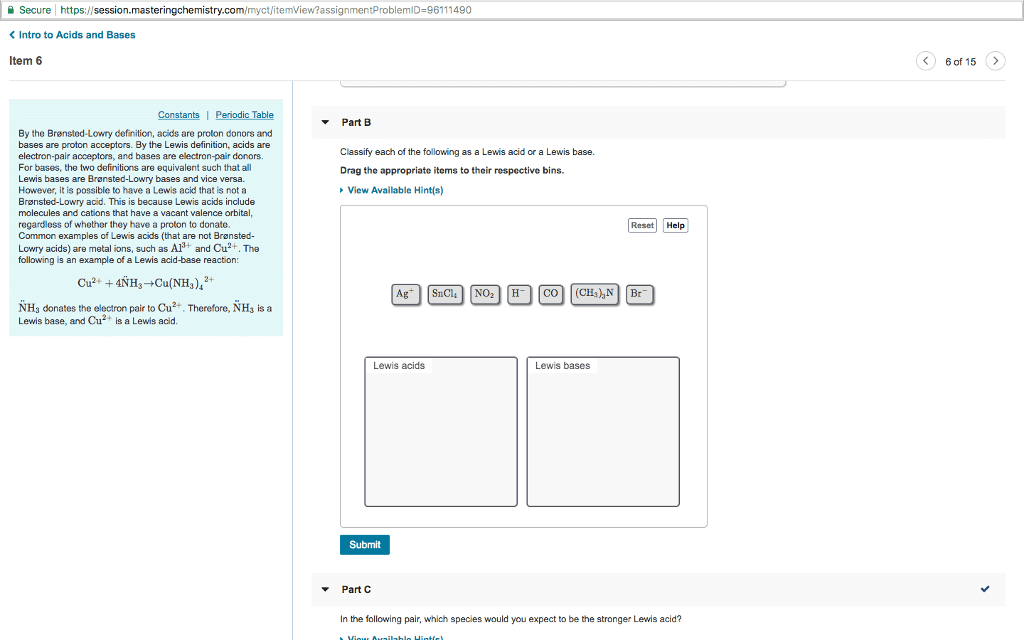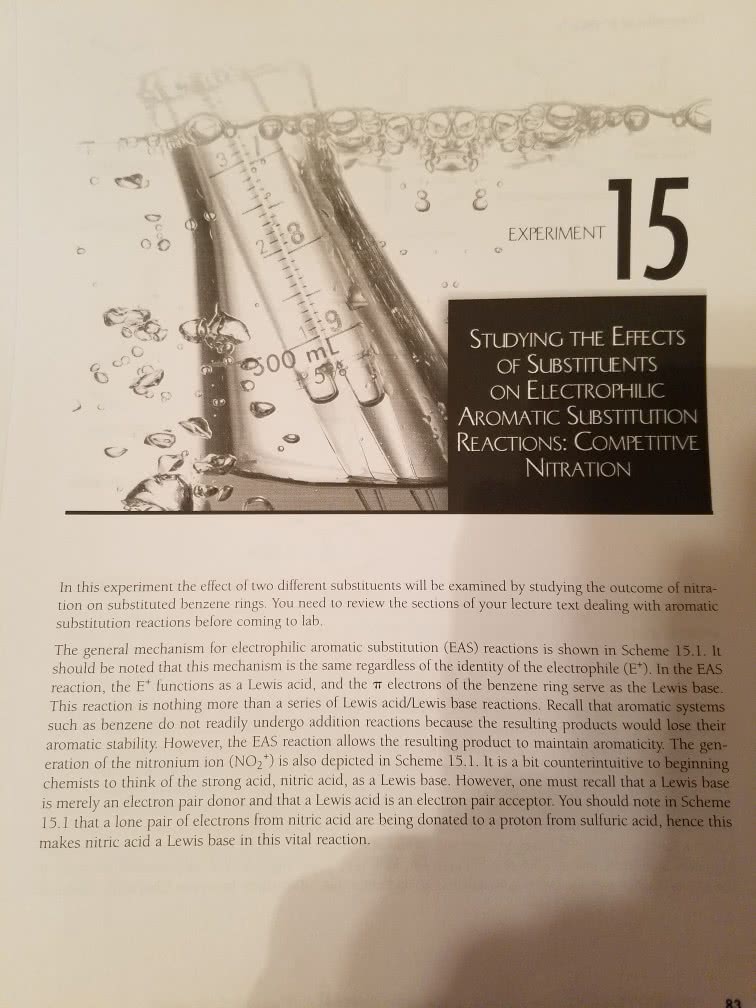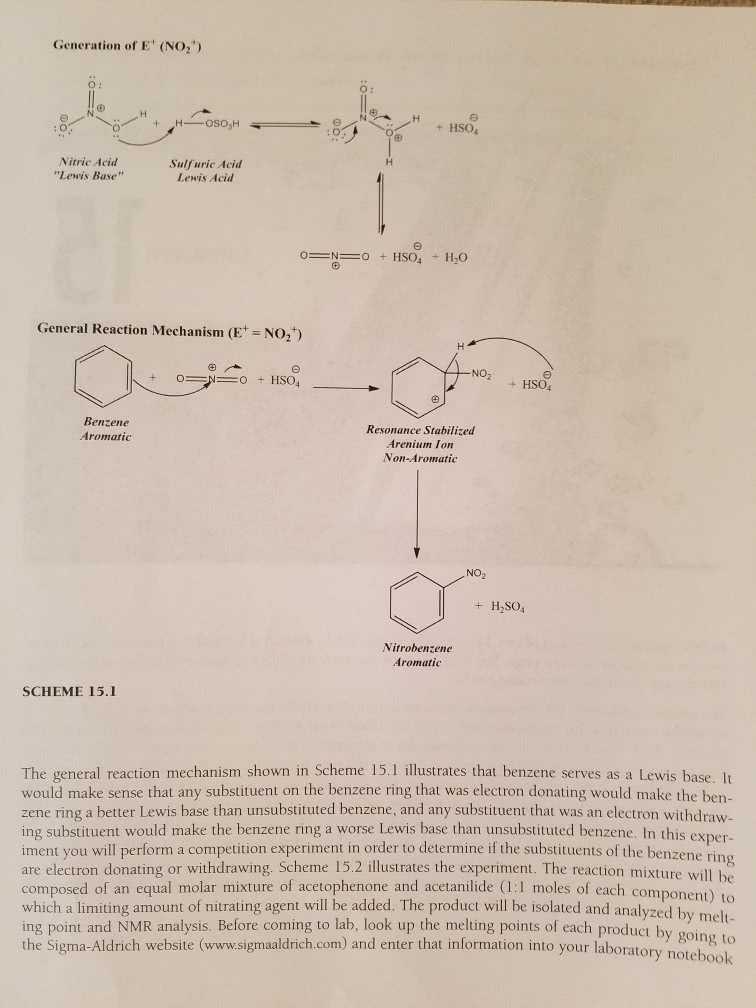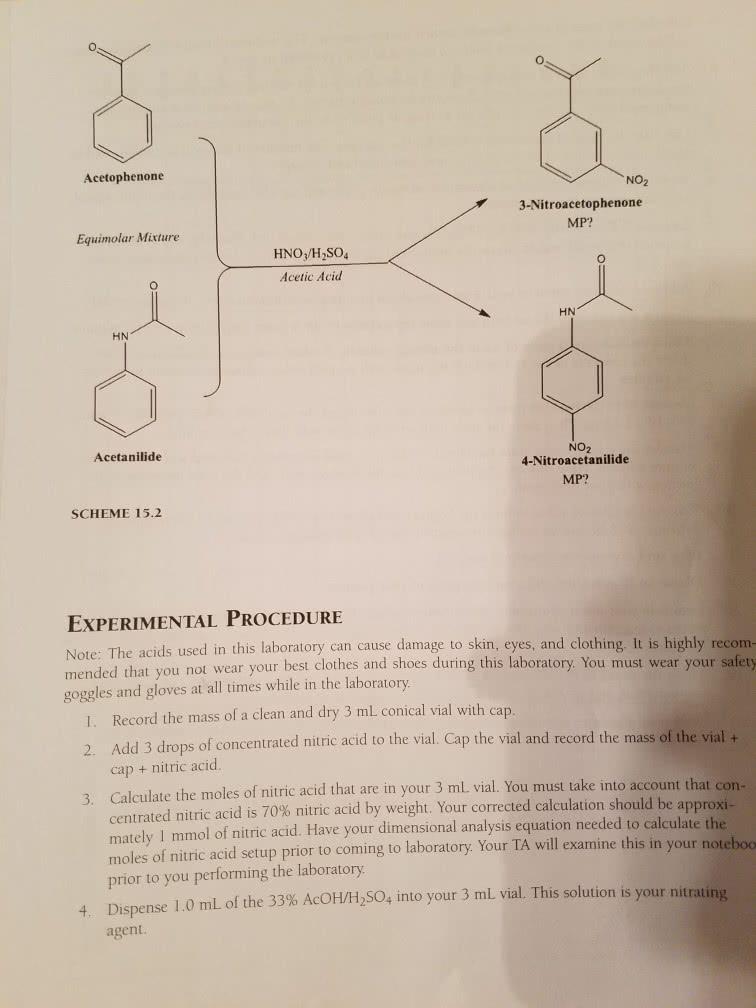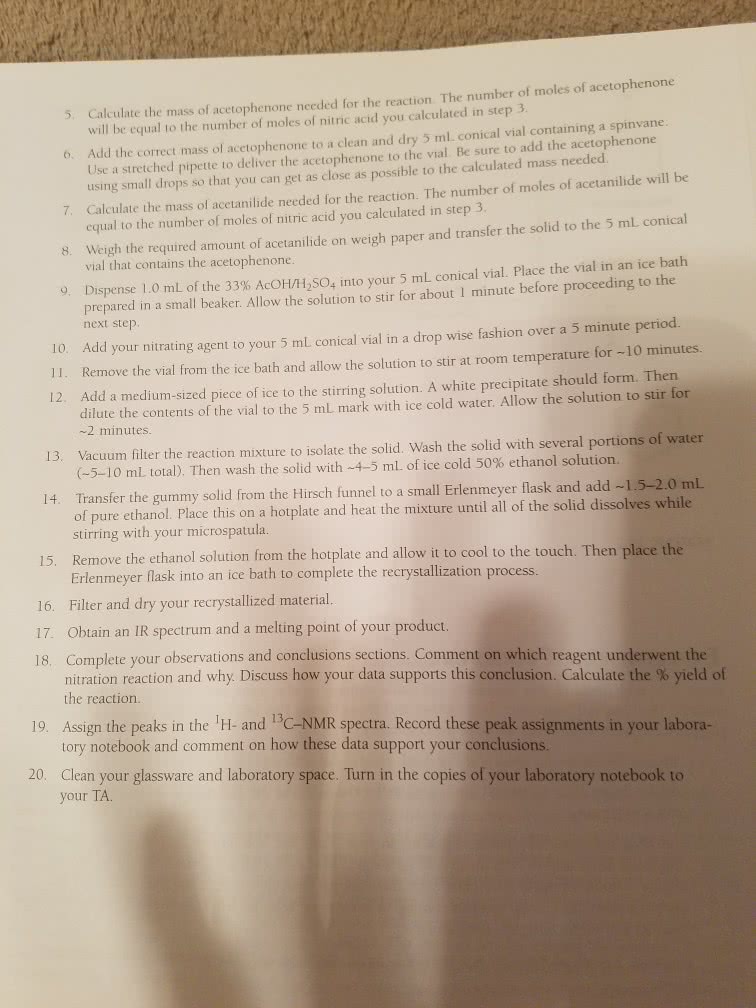CHEM-UA 128 Chapter Notes - Chapter 12: Oxoacid, Ammonia, Graphing Calculator
Document Summary
A base is a proton acceptor: almost all of the molecules of a strong acid are deprotonated in solution. Only a small fraction of the molecules of a weak acid are deprotonated: almost all of the molecules of a strong base are protonated in solution. Only a small fraction of the molecules of a weak acid are protonated: a lewis acid is an electron pair acceptor. They are ionic compounds: amphoteric oxides: substances that react with both acids and bases. The concentration of ions in solution is very low- thus we can assume that water is pure. The activity of water is 1, thus the following can be taken as kw. The activity of ions is defined as the concentrations of ions in the solution against the standard concentration of 1 moldm-3. Kw is always constant as it is an equilibrium constant in any aqueous solution: to calculate the concentration of hydroxonium ion, equate the expression to kw.


